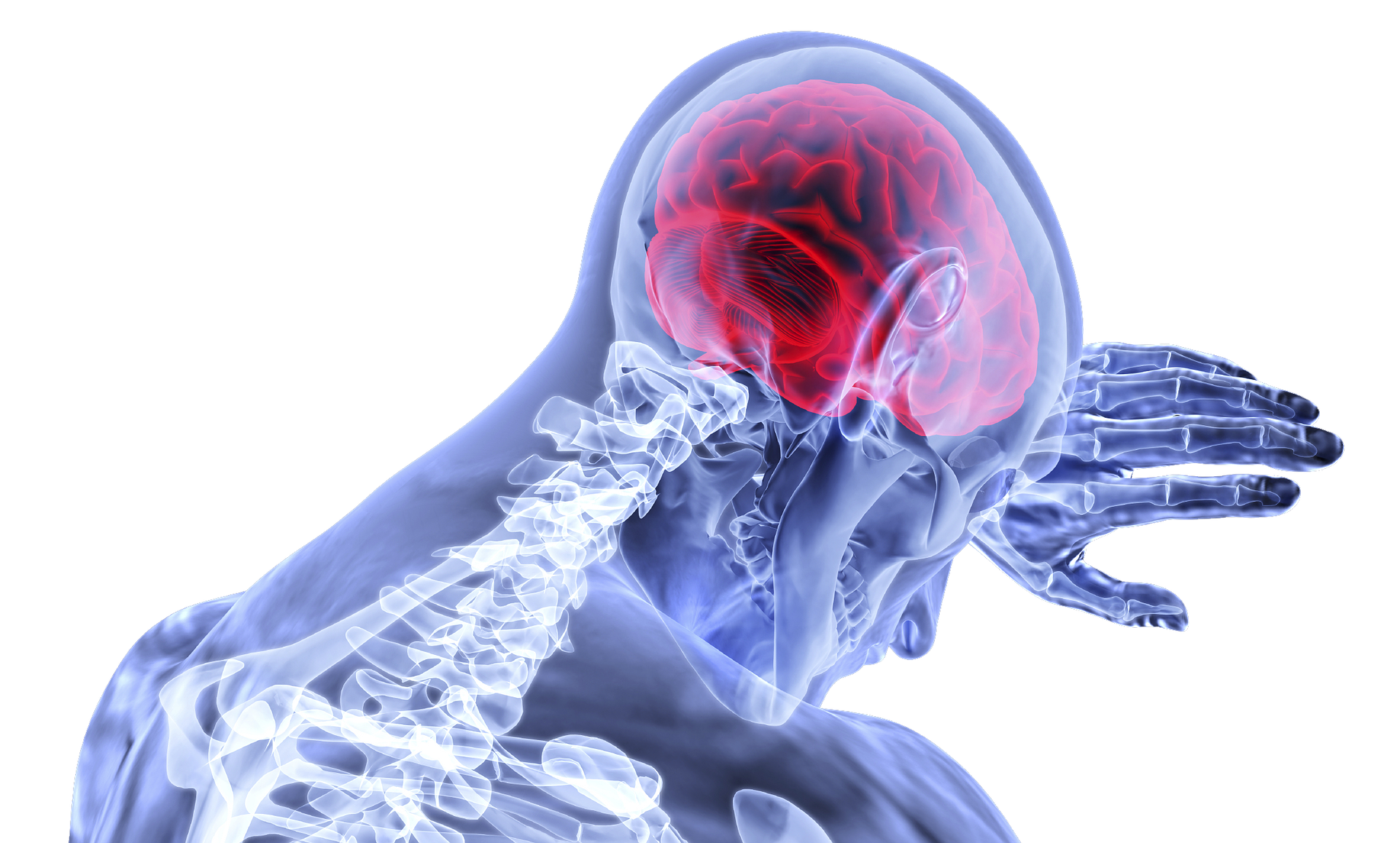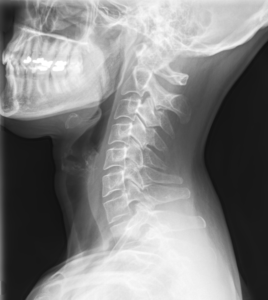Is Chiropractic Safe? Chiropractic & Stroke Risk

Chiropractic and Stroke
This topic has been floating around the news over the last few months. We want to address the facts about neck adjustments and stroke risk. We’ll discuss research findings, the World Health Organization statement, and why chiropractic and stroke seem to keep showing up in relation to one another.
Let’s start with why manual therapy or chiropractic and stroke risk seem to be related to one another. Two symptoms of a vertebral basilar artery stroke are headache and neck pain. These are two very common reasons why people seek chiropractic care. A study performed with over 100 million people over several years found there is “no evidence of excess risk of VBA stroke associated chiropractic care compared to primary care”1.
This points to the explanation that chiropractic care or primary care treatment from a medical doctor are not the cause of stroke. Rather individuals already experiencing a stroke go to see a doctor because of headache and neck pain symptoms. In addition, there have been studies done to evaluate blood flow changes during a neck adjustment. The results showed that “no changes in blood flow or velocity in the vertebral artery of healthy young male adults were found in various head positions and during a cervical adjustment”2.
 Is Chiropractic Safe
Is Chiropractic Safe
Many medical research reviews have also been performed on chiropractic and stroke risk. One such review published in the Annals of Medicine found, “The World Health Organization regards manual mobilization and/or spinal manipulative treatment conducted by chiropractors to be a safe and effective treatment with few, mild, transient adverse events. Several extensive cohort studies and meta-analysis have found no excess risk of CAD (cervical arterial dissection) resulting in secondary ischemic stroke for chiropractic SMT compared to primary care follow-up” 3. The statement from the World Health Organization itself states, “Manipulation is regarded as a relatively safe, effective and conservative means of providing pain relief and structural improvement of biomechanical problems of the spine.”
Signs & Symptoms of Stroke
This is all well and good but how do you know when your headache or neck pain is more than the normal? The following list contains several worrisome symptoms, and if you experience any of these, seek care immediately.
- Recent head, neck, or thoracic trauma
- New one-sided head or upper neck pain
- New and continued headache
- Partial Horner’s syndrome
- Ischemic symptoms
- Weakness, numbness, speech deficit, visual disturbance, vertigo, difficulty
walking/falls, difficulty swallowing, nausea, confusion, or nystagmus
- Weakness, numbness, speech deficit, visual disturbance, vertigo, difficulty
Some of the big words and research references above show that chiropractic care is safe and effective. There is no increased risk of stroke from chiropractic care compared to primary care treatment. Know the red flags and concerning symptoms and seek appropriate care.
References
- Cassidy, J. David et al. Risk of Vertebrobasilar Stroke and Chiropractic Care. Journal of Manipulative & Physiological Therapeutics , Volume 32 , Issue 2 , S201 – S208
- Quesnele, Jairus J. et al. Changes in Vertebral Artery Blood Flow Following Various Head Positions and Cervical Spine Manipulation. Journal of Manipulative & Physiological Therapeutics , Volume 37 , Issue 1 , 22 – 31
- (2019) A risk–benefit assessment strategy to exclude cervical artery dissection in spinal manual-therapy: a comprehensive review, Annals of Medicine.
 262-373-9168
262-373-9168




